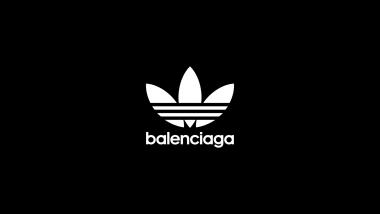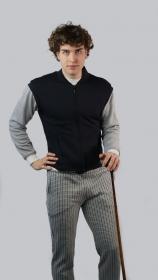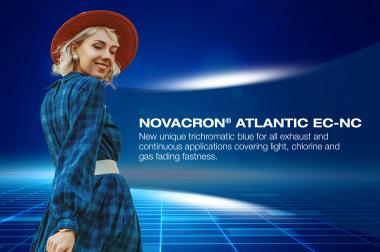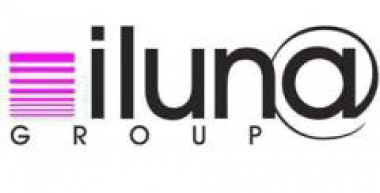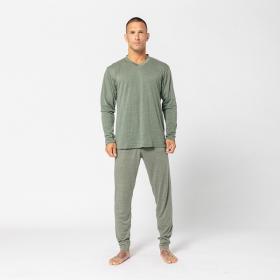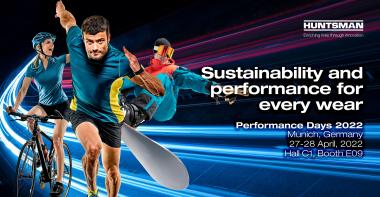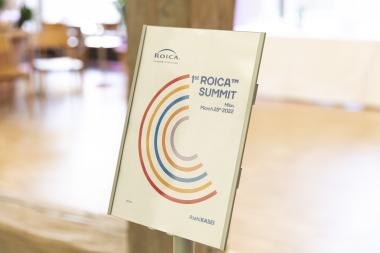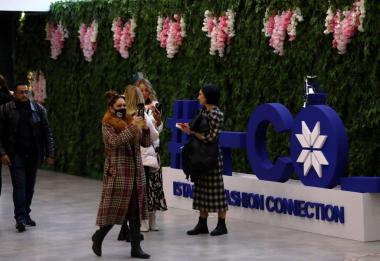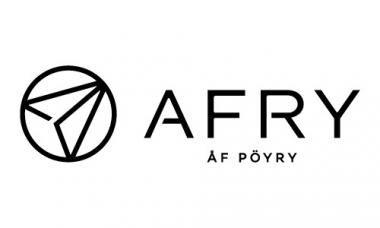New partnership: Balenciaga / adidas
Balenciaga and adidas Originals confirm the announcement of their partnership. Colliding Balenciaga’s inimitable aesthetic vision with the iconic fervor of the adidas archive, the partnership will see the fashion house subvert and reinterpret the signature DNA of the Three Stripes.
Inspired by the late 90s and early 2000s, the inaugural collection is set to play host to an array of men’s and women’s apparel, accessories and footwear.
adidas


